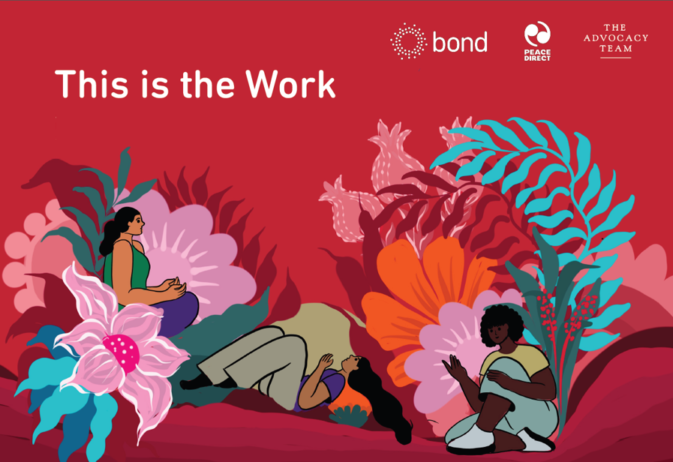Is a merger the right step for your NGO?
This year has presented numerous obstacles to charitable organisations, which has placed many in financial difficulty.
Mergers have become an option considered by charity leaders and trustees alike from a position of financial necessity, but they may not be the only option.
There are pros and cons to mergers and acquisitions for NGOs, as Sarah Priester outlines in her recent blog. There is a perception that a merger will always involve the takeover of one charity by another, usually larger, charity. While this is often the case, there are other ways of merging that can help NGOs better achieve their missions.
Examples include forming a new organisation to take over the work and assets of the charities involved, or arrangements where one organisation takes over the management of another, but with some separation (for example as a distinct subsidiary or brand).
There are also other alternatives to merging. Trustees must consider the rationale for a merger and whether there is another option that would better address the needs of the people and communities they serve.
Below are some options for NGOs to consider. These alternatives can be a way to work more collaboratively, or a stepping stone on the journey to merging.
Partnerships as an opportunity to explore closer collaboration
Many non-profit organisations work in partnership with other charitable organisations, on a formal or informal basis. At a basic level, this can involve two charities with complementary aims sharing information or advice at project level.
Subscribe to our newsletter
Our weekly email newsletter, Network News, is an indispensable weekly digest of the latest updates on funding, jobs, resources, news and learning opportunities in the international development sector.
Get Network NewsMost arrangements like this are implemented without plans of merger or closer integration. However, shared projects can give two organisations the opportunity to experience working together without the full commitment of a merger.
Sharing functions, assets or spaces
A second option is sharing back office functions. This includes arrangements where one charity outsources certain functions or processes to another charity. At a more strategic level, it can involve arrangements where charities share staff in key functions, such as finance, HR or communications, or one charity takes responsibility for the day-to-day management of another.
Such arrangements are often driven by a desire for cost savings, but there can be wider benefits for charities working together. Sharing back office functions may enable a group of charities to afford better quality or more diverse resource compared to employing back office staff members directly.
By the same token, another option to consider is sharing accommodation. Co-locating charities with similar aims and objectives can enable the development of a closer working relationship, while maintaining an independent identity.
Where there are significant shared assets, resources or programmes, it is important that all sides are properly protected. Depending on the nature of the shared work, this may involve implementation of a formal partnership agreement or even the creation of a legal entity, such as a joint venture company, which manages the shared resources or asset.
This is particularly useful where there is a financial or legal risk related to one of the charities involved and where one (or several) of the organisations concerned would prefer to “ringfence” one of the others. While this can be a valuable way of resolving any risks and challenges to joint working, or a full merger, it is important that there is a shared understanding on all sides as to the future plans and timeframe to implement those plans. This way all parties can take an informed view prior to implementation.
Closer cooperation while staying separate
Many charities consider mergers because they want closer cooperation while remaining legally independent. In this case, it can be helpful to consider a federated structure, where there is a shared identity and structue, but the organisations within the federation maintain legal independence. When effectively implemented, a federated structure can enable a balance to be struck between local provision while having influence on a national or international level.
Explore your options
Even if merger is your ultimate goal, charities may choose to start with one of the above alternatives as a prelude to full merger. This is likely to involve a period of working closely together so that the respective trustee boards can decide whether a merger is in the best interests of all service users and assuage any worries.
Joint working is also a chance for organisations to explore areas such as ethos, values and working practices. These are often difficult to fully explore in a due diligence exercise, but vital to effective partnerships or mergers.
Any joint operation, whether formal or informal, always requires the right partner and must be approached in the right spirit from both sides. It is important that any arrangements are clear and that all sides understand the objectives, governance and management arrangements, decision-making processes, and exit agreements if the arrangements do not work out.
With the right preparation, you may find that the right arrangement presents opportunities to not only overcome the challenges of today, but to thrive in the future.
Want to find out more about the process, risks, myths and opportunities of merging? Download these slides from our recent webinar with Bond.
Category
News & ViewsThemes
Funding



